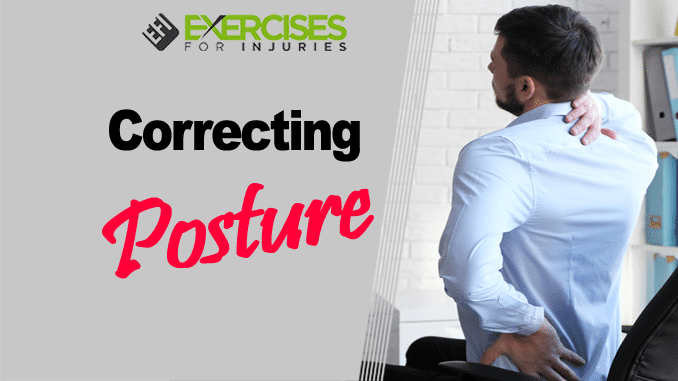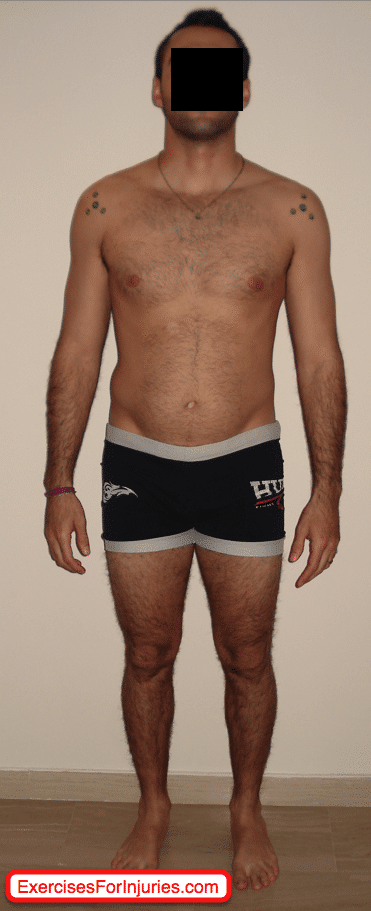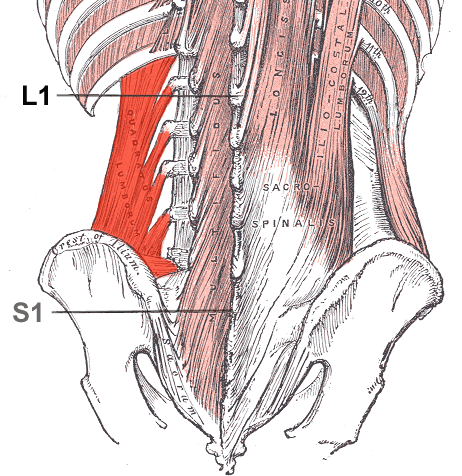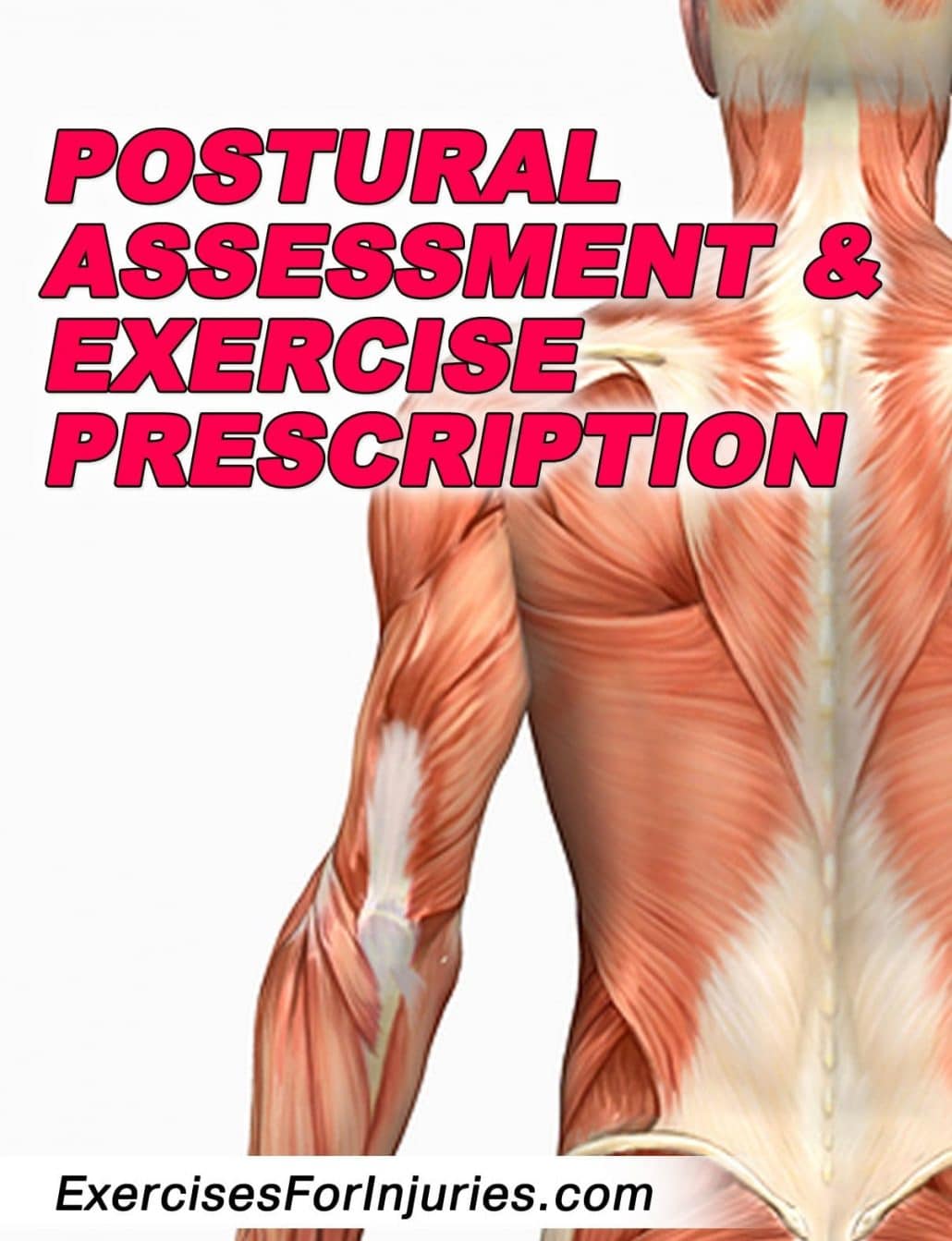
I got an email from a Muscle Imbalance Revealed member who wanted my feedback on correcting posture.
This is the email he sent:
Hi Rick..!
I write this email so I you can help me to clarify a doubt in my own analysis of postural assessment, following parameters of muscle imbalances.
Analyzing my own postural pictures there are few factors that reflect my muscles imbalances but there’s something with my hip that still can not really understand what is happening and that way I must work to correct it.
Postural Analysis
My photos are in the attached document sent. And my conclusions about the postural analysis are as follows:
- Head posture: Forward head posture.
- Thoracic spine ( upper back) posture: Increased thoracic spine curve.
- Shoulder posture: Both Shoulders internally rounded and abducted scapulas (greater emphasis on the right shoulder and right scapula).
- Lumbar spine and pelvic posture: Increased lumbar lordosis and flexed hip (anterior pelvic).
- Femur: Both femur looks with internally rotation (greater emphasis on the right femur).
- Knees: They are varum alignment (the right knee has a greater internal rotation).
- Tibia: Both tibias lock with internal rotation (greater emphasis on the right tibia).
- Foot: Both feet are definitely pronated (grater emphasis on the right foot pronation).
MY DOUBT: now looking at the sagittal plane, I cannot really understand what happens with my hip, because it looks like the right side is higher than left but I don’t know if it is really true, but he also has a strange rotation that I can not determine the real position.
I would like to know what muscle imbalances are present in my hip and that are affecting me and how I can work to correct them.
I appreciate your help very much in advance as this not only will further enrich my knowledge but also allow me to improve the quality of my life.
Thank you Very Much.
Carlos A from Spain
I get my online training clients to take postural assessment photos and send them to me so I can set up their exercise program.
Carlos has done a great job analyzing his posture.
Let me focus on what is going on with his pelvis.
#1 – Quadratus Lumborum is the Problem
Looking at the muscle that is often the culprit when it comes to the pelvis not being square in the front plane is the quadratus lumborum (QL).
Looking at the photo above, you are viewing Carlos’ posture from the posterior view looking into the sagittal plane.
The right quadratus lumborum is tight, which is reflected by the fact that the right side of the raised pelvis is in the frontal plane.
Here is a photo of the quadratus lumborum. It is the muscle in bright red:
The primary function of QL is lateral flexion of the trunk, plus it plays a crucial role in stabilizing the lower back in the frontal plane.
The QL often will shorten up and elevate the pelvis on one side.
#2 – Why Does QL Do That?
Some of the common reasons that I see QL shorten are:
- Lower Back Injury – The client may have had a lower back injury, and QL may not have been in the recovery process.
- Poor Core Stability in the Frontal Plane – As I mentioned above, QL plays a crucial role in stabilizing the lower back in the frontal plane (side-to-side). If the other muscles that help stabilize the frontal plane are not doing their job, QL has to work hard and often is overworked.
- Poor Sitting – People will sit for an extended period with their trunks shifted to one side, leading to QL shortening up.
- Knee Injury – If someone has a knee injury, often QL will help when it comes to the swing phase of walking (leg moving from extension into flexion).
#3 – Self Massage of Quadratus Lumborum
One thing I find helps is the self-massage of the QL to get the muscle to relax. Here is a video that shows you what to do:
What I find helps is to work on self-massaging or working the trigger points in QL.
The above video is okay. I place the ball in that area and will roll or hold the ball in the QL area.
#4 – Stretching of Quadratus Lumborum
After the self-massage, I will get clients to stretch out the QL. Here is a video that shows that:
After doing some self-massage, I will follow up with QL-specific stretching like in the video above.
I hope that helps out Carlos.
It would be great to hear what you think.
Do you see something else in Carlos’ posture that he needs to work on?
Thanks and talk to you soon.
Rick Kaselj, MS
Suppose you want more information on posture, assessment, and exercises. I go through things in more detail in:
Corrective Exercises for Running Injury-free targets common muscle imbalances that runners have.
In the course Postural Assessment and Exercise Prescription.
Here are some other videos that may help you out when it comes to correcting posture:
3 Correcting Posture Exercises
Correcting Hip and Pelvic Muscle Imbalances
That is all, folks.







